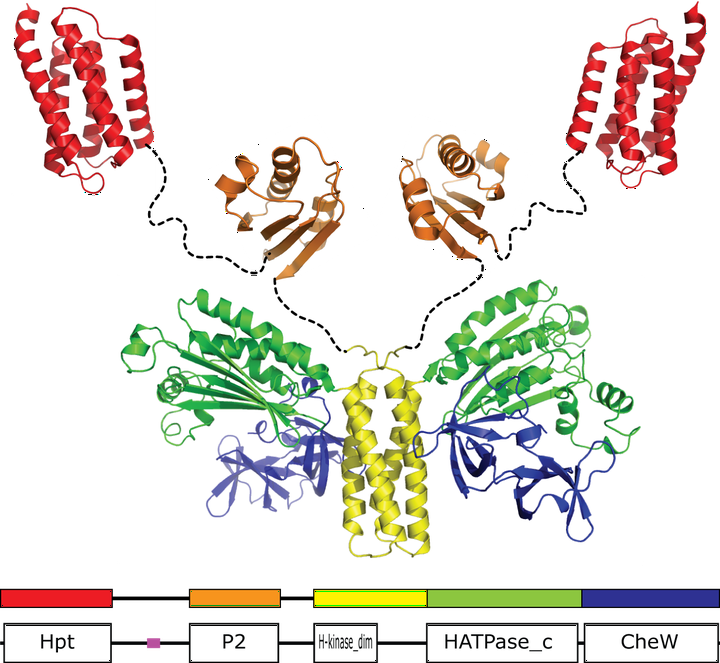Comparative genomic and protein sequence analyses of a complex system controlling bacterial chemotaxis

Abstract
Molecular machinery governing bacterial chemotaxis consists of the CheA–CheY two‐component system, an array of specialized chemoreceptors, and several auxiliary proteins. It has been studied extensively in Escherichia coli and, to a significantly lesser extent, in several other microbial species. Emerging evidence suggests that homologous signal transduction pathways regulate not only chemotaxis, but several other cellular functions in various bacterial species. The availability of genome sequence data for hundreds of organisms enables productive study of this system using comparative genomics and protein sequence analysis. This chapter describes advances in genomics of the chemotaxis signal transduction system, provides information on relevant bioinformatics tools and resources, and outlines approaches toward developing a computational framework for predicting important biological functions from raw genomic data based on available experimental evidence.